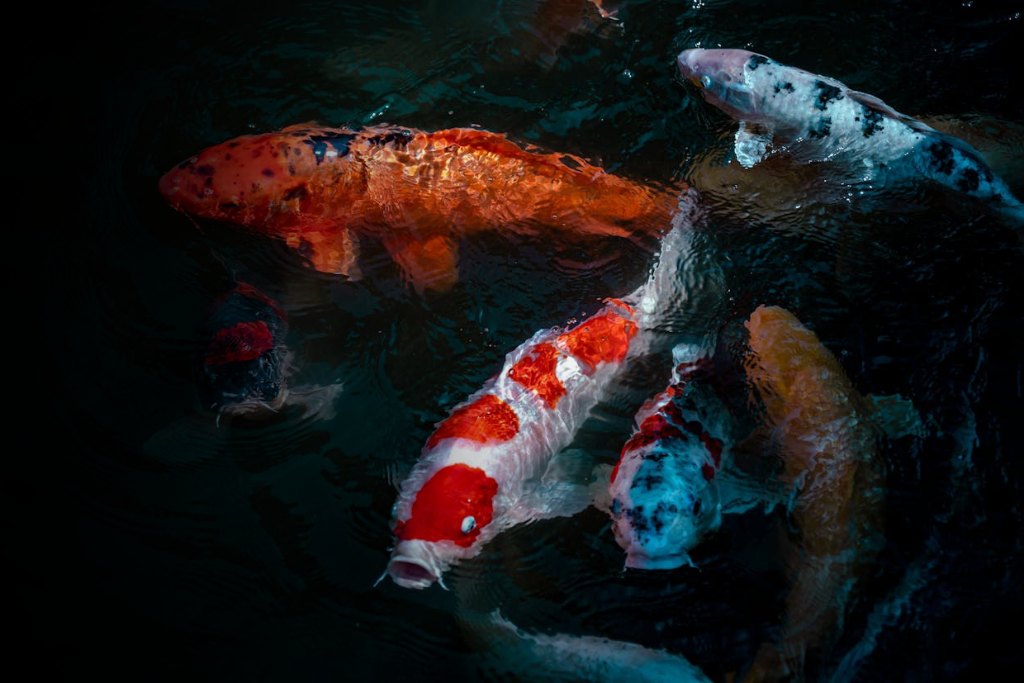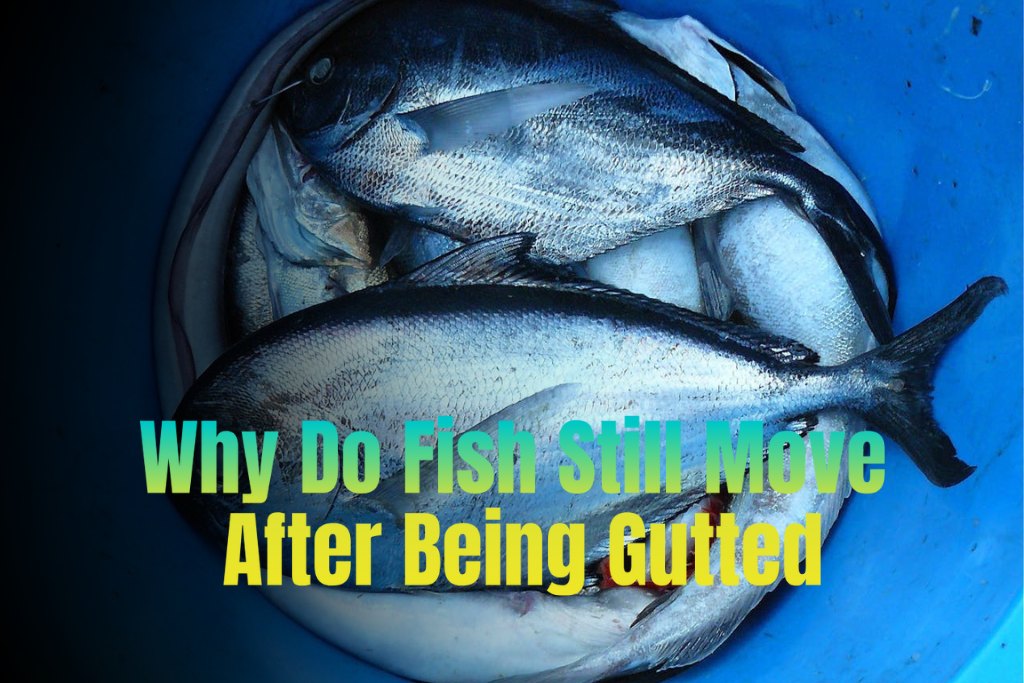When fish are gutted, it is not uncommon for them to exhibit movements that may seem perplexing to observers. This article aims to delve into the reasons behind these post-gutting movements, shedding light on the physiological and reflexive mechanisms that contribute to this phenomenon. Let’s embark on a journey to unravel the mysteries of why fish still move after being gutted.
Nervous System Response
One of the primary reasons why fish continue to move after being gutted is due to the residual activity in their nervous system. Even though the brain is no longer functioning, the spinal cord and peripheral nerves may still retain some level of responsiveness. These residual nerve impulses can trigger muscle contractions and involuntary movements in the fish’s body.
Reflexive Muscle Contractions
Fish possess a well-developed reflexive system that allows them to respond to external stimuli, even after death. When the fish’s body is disturbed during gutting, sensory receptors in the muscles and skin can still detect the changes and send signals to the spinal cord. In response, the spinal cord initiates reflexive muscle contractions, causing the fish to exhibit movements.

Muscle Memory
Another factor contributing to the post-gutting movements is the phenomenon known as muscle memory. Fish have well-trained muscle patterns that have been developed over their lifetime. Even after death, the muscle fibers retain memory of these patterns, which can lead to spontaneous contractions and movements. This muscle memory can persist for a short period after gutting, causing the fish to appear as if it were still alive.
Ion Channels and Cellular Activity
Fish muscles rely on ion channels to regulate the flow of ions, such as calcium and potassium, which are crucial for muscle contraction. Even after the fish is gutted, these ion channels may still be functional, allowing for the generation and transmission of electrical signals within the muscle cells. This residual cellular activity can contribute to the observed movements in gutted fish.
Energy Reserves and Metabolism
Fish, like all living organisms, store energy reserves in their muscles and tissues. Even after death, these energy reserves can still be utilized to fuel muscle contractions. The breakdown of stored glycogen into lactic acid during metabolism can contribute to muscle twitching and spasms, causing the fish to move even without vital bodily functions.
Environmental Factors
External factors can also influence the post-gutting movements of fish. Changes in temperature, pH, or exposure to air can stimulate the fish’s sensory receptors and trigger reflexive movements. Additionally, residual electrical activity in the water, such as nearby power sources or electrical fields, can also affect the fish’s muscle contractions.
Species-Specific Traits
It’s important to note that different fish species may exhibit varying degrees of post-gutting movements. Some species, such as certain types of flatfish, may display more pronounced movements due to their unique physiology and reflexive responses. The size and age of the fish can also
